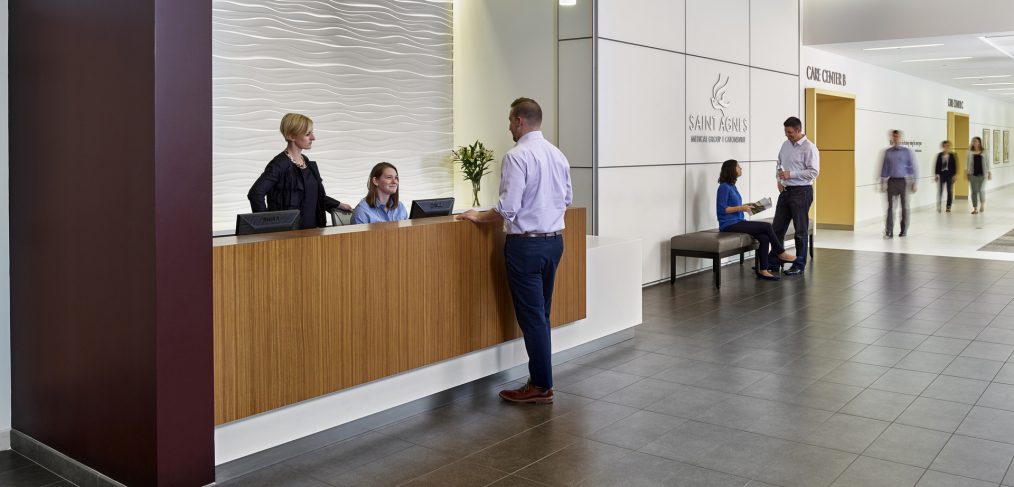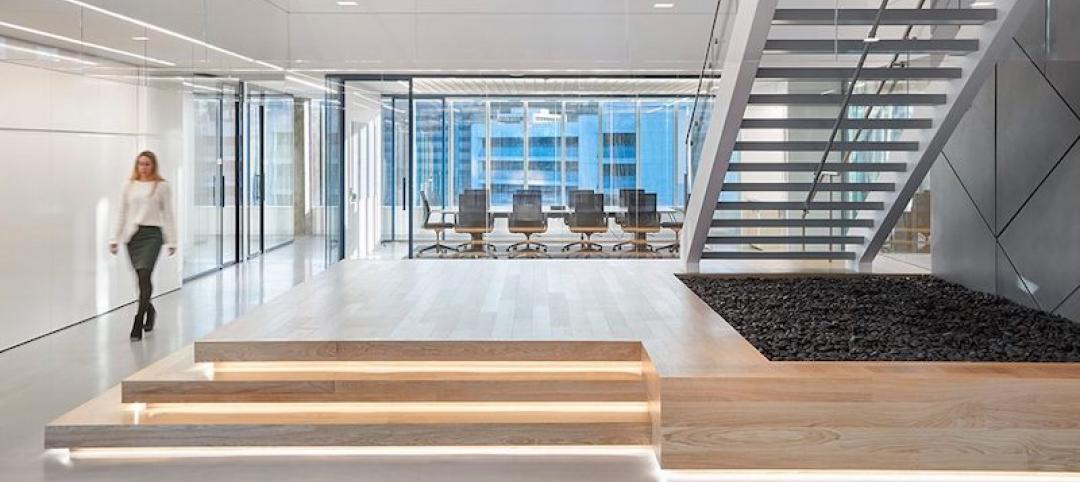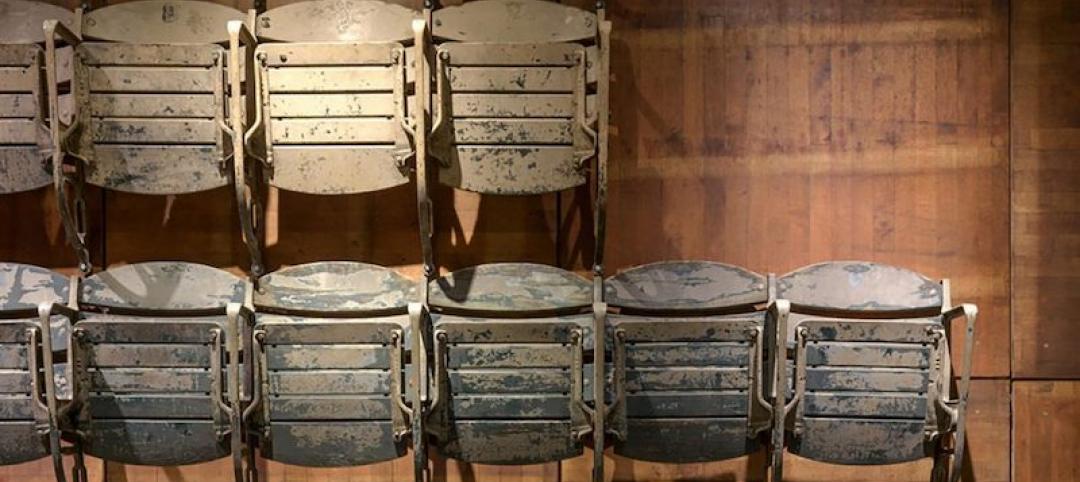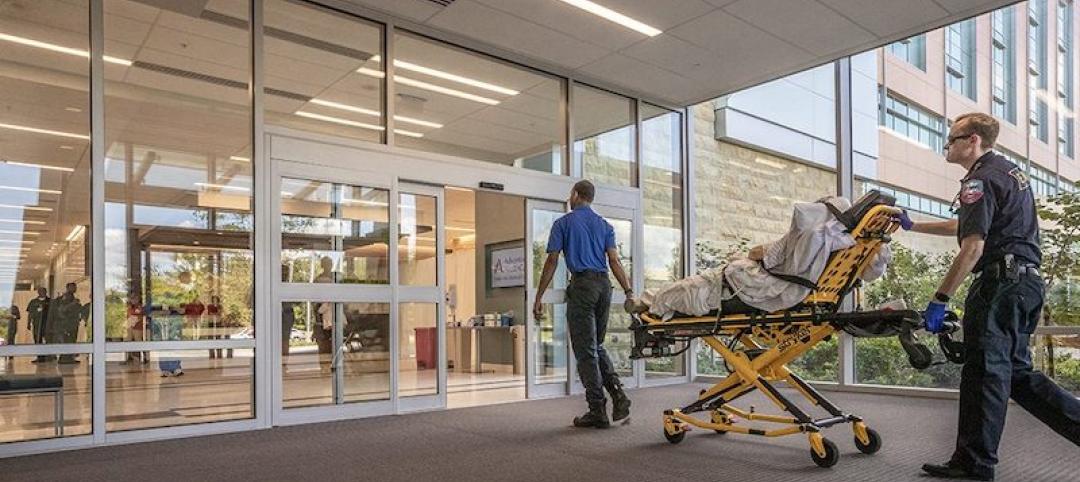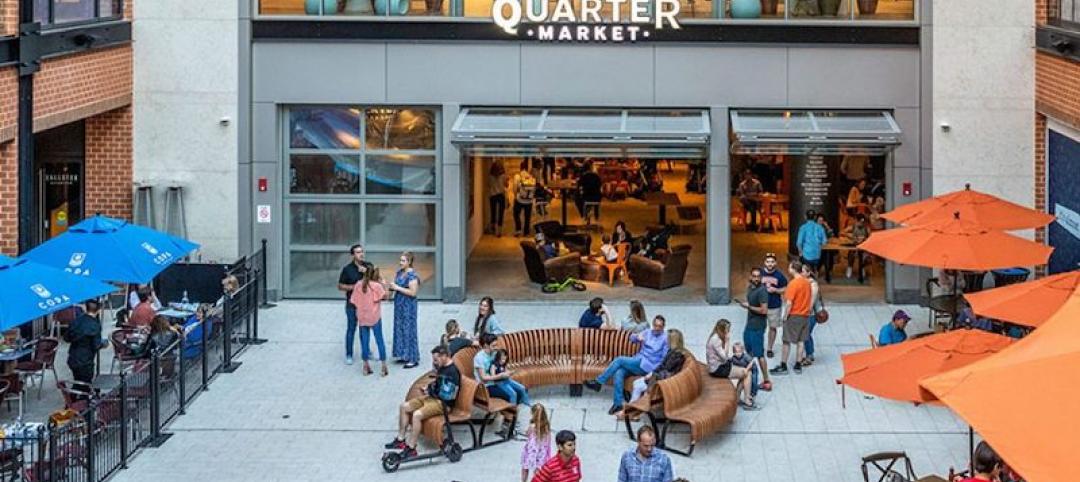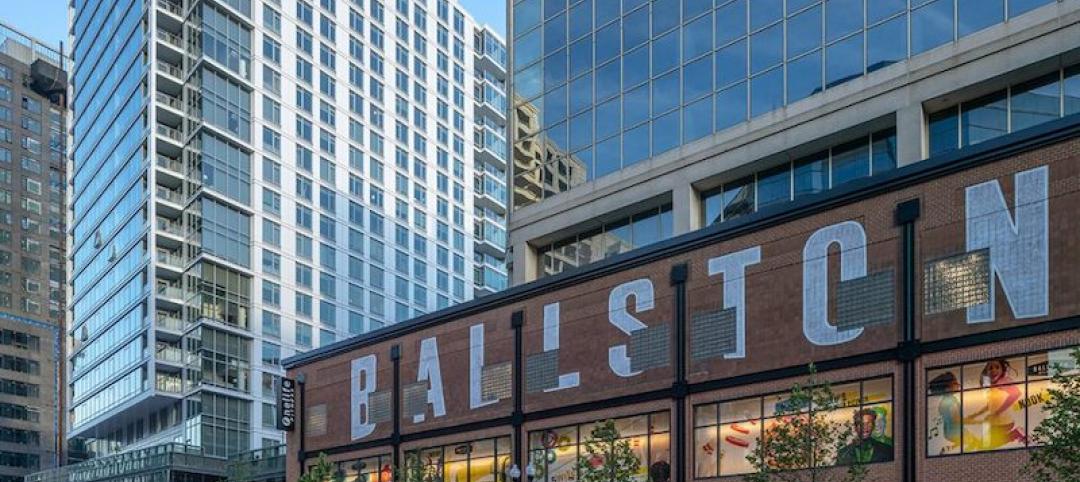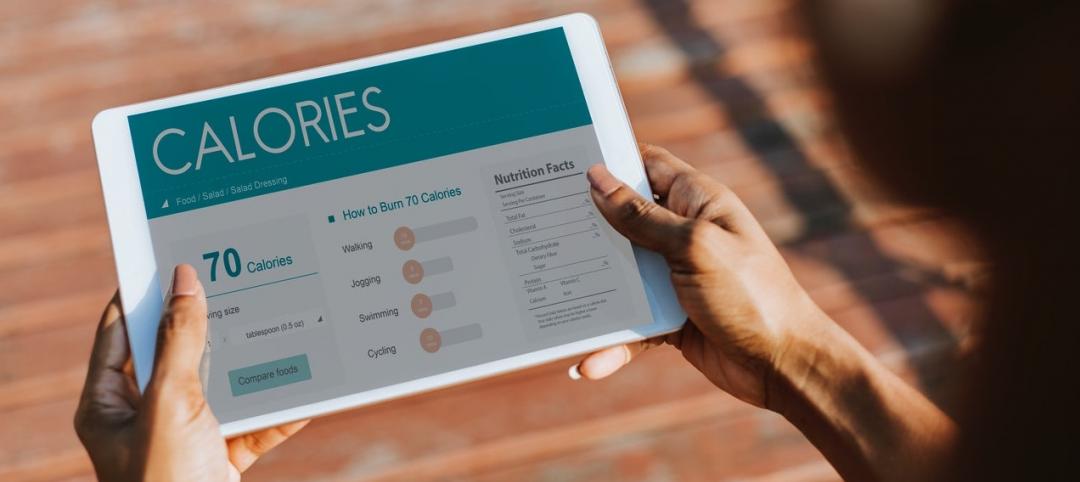Earlier this year, I spoke on the Mid-Atlantic Healthcare Real Estate forum hosted by Bisnow. Healthcare professionals from around the region gathered in D.C. to discuss the future of outpatient facility development, design and technology trends and the overall state of the Mid-Atlantic healthcare market.
Along with speakers from Children’s National Medical Center, JLL, Trammell Crow, Anchor Health Properties, Johns Hopkins and more, I took a deep look at some of the trends that will continue to affect the healthcare industry over the next few years.
Tectonic Shifts
Faced with significant reimbursement pressures, renewed competition across extended markets and payer demands for cost-effective care delivery options, providers are focused on developing new facilities that support high-quality coordinated care in the lowest-cost setting. In many cases, that includes development of new outpatient facilities, both on-campus and community-based, that enhance access, improve care coordination between hospitals and providers and reduce overall cost of care. These new outpatient facilities, strategically placed within an extended ambulatory network, are providing more sophisticated care closer to home, with an increased emphasis on lean operations, improved flow, hotel-like amenities, extended walk-in hours and connected care.
The New Retail?
Repurposing vacant retail space has become a new venue for outpatient services, providing a cost effective and timely solution for expansion of community-based services. These existing facilities can offer a valuable alternative to a traditional medical office building when base-building infrastructure can adequately support the increased demands of healthcare facilities. In addition, when speed to market matters, existing retail centers usually conform to healthcare business occupancy use and have adequate on-site parking, providing a faster alternative for outpatient facility development.
When considering community-based outpatient facility development, location matters, and in many cases poorly performing vacant retail centers do not align with a health system’s strategic plan. Most are located in areas where, over time, population centers have shifted and the site offers little strategic value.
There’s an App for That!
Historically, healthcare systems have used technology for business applications, electronic health records and digital convergence of clinical applications. Forward-looking practices now offer much more than email access. Online portals provide enhanced customer access 24-hours a day to make appointments, request prescription refills, get test results and consult with their physician. Technology is finally moving beyond an internal business application to one that enhances patient experience and satisfaction. New facility planning and design needs to evolve to take full advantage of future customer-focused technology applications that can improve access and expedite care delivery.
Ray is CallisonRTKL's national strategic planning practice group leader and senior medical planner. He has over 25 years of experience in healthcare strategic planning, pre-design operational programming, medical planning and project management. Since joining CallisonRTKL in 2001, his contributions have led to the success of a number of large-scale healthcare projects including VA Las Vegas Medical Center, Washington Adventist Hospital and Lowell General Hospital. His comprehensive experience in all facets of healthcare project development provides a unique understanding of hospital operations.
More from Author
CallisonRTKL | Dec 20, 2021
Digital nomads are influencing design
As our spaces continue to adapt to our future needs, we’ll likely see more collaborative, communal zones where people can relax, shop, and work.
CallisonRTKL | Jun 30, 2020
The great reset and our new work life
As many countries begin to return to the office, it’s a chance to ask ourselves: what do we truly value?
CallisonRTKL | May 4, 2020
How working from home is influencing design
The lessons learned in the next few months can help shape how we work and design in the future. For now, remote work is different – and our new normal.
CallisonRTKL | Feb 26, 2020
Sustainability in a material world
The concepts of embodied carbon, zero waste, and deconstruction and reuse often run on parallel tracks.
CallisonRTKL | Jan 30, 2020
The complex dance of healthcare transitioning
Hospital employees, though excited about technological advancements, are expected to navigate a new workplace and care for their patients at the same time, all while training on new equipment and navigating a new building.
CallisonRTKL | Jan 6, 2020
Retail re-invention: Five questions to ask
Why have some malls survived their long-predicted demise, thriving and bumping with new generations of shoppers, while others have been relegated to the ash heap of deadmalls.com?
CallisonRTKL | Aug 6, 2019
Saving the American mall in 5 steps
CallisonRTKL Vice President Marc Fairbrother explains how struggling American malls can turn it all around.
CallisonRTKL | May 29, 2019
Smart buildings can optimize wellness
Employees want wellness initiatives built into their work experience, especially when they’re in spaces that can leave them feeling stiff, stressed, and sick.
CallisonRTKL | Apr 5, 2019
2019 trends in the workplace
From retention and career advancement to the ethics of inclusion and diversity, these five trends will play a major role this year in design, strategic planning and workplace development.
CallisonRTKL | Jan 28, 2019
9 tech trends to track in 2019
Innovations in voice recognition, cognitive neuroscience, and biometrics are among the trending tech topics for 2019, according to CallisonRTKL's Kristin Tilley.

